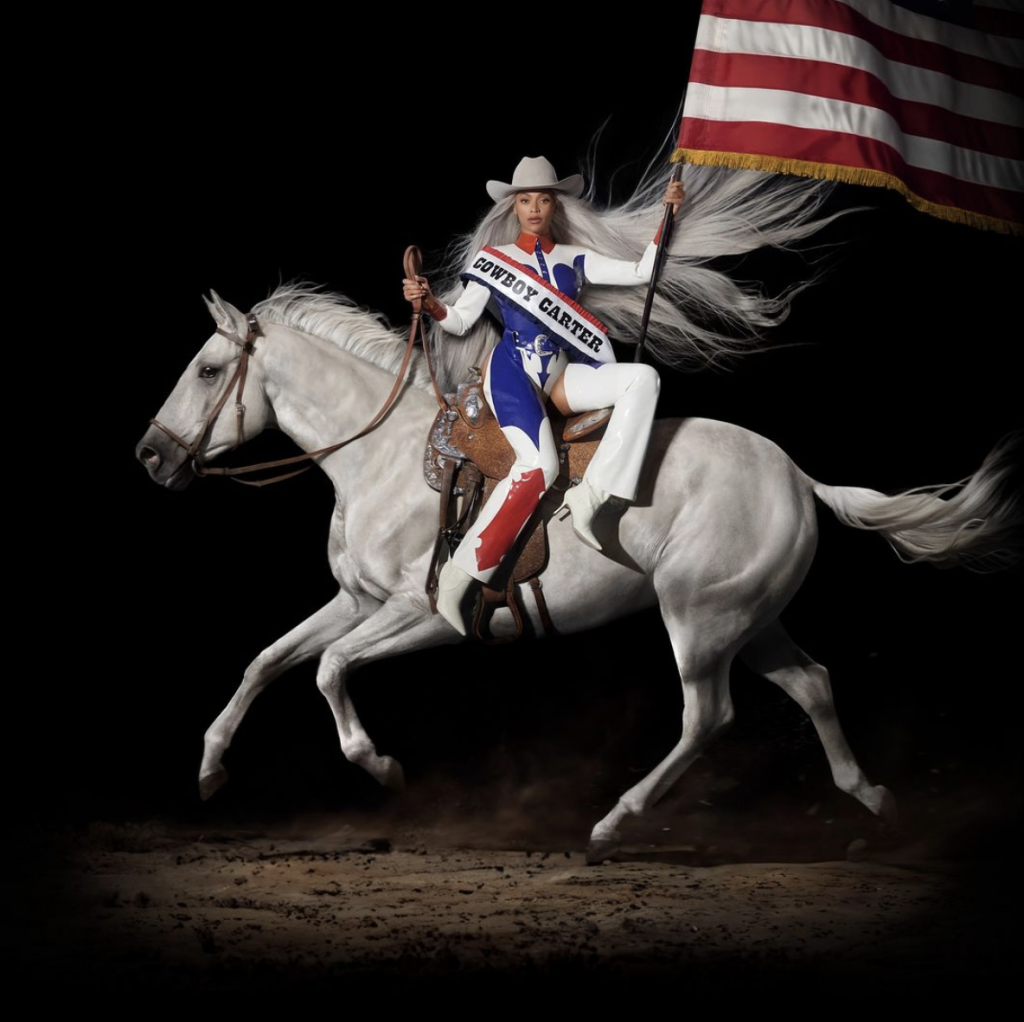Artists and Gallerists in New York Respond to the Crisis in Ukraine
What is the role of art in times of war? While the rhetorical question will always exist, history and cultural production have demonstrated that art serves as the main conduit in which culture is retained and remembered.
In response to the Russian invasion of Ukraine beginning on February 24th, Moscow- and New York–based Fragment Gallery held a community meeting on February 27th prioritizing the voices of Ukrainian, Belarusian, and Russian artists, curators, and gallerists. The gathering, which took place online and in person in Fragment Gallery’s New York location, was organized and moderated by gallery partner Anton Svyatsky and curator Jeanette Bisschops as a dialogue for Ukrainian artists to share their experiences with cultural producers in New York, and strategize tangible outcomes to support Ukraine.
During the community meeting, Ukrainian artist Vladyslav Vladimirov, who has family directly responding to and affected by the invasion, discussed how his art practice serves to remind an international audience of the historical and cultural sovereignty of Ukraine that exists outside of Russia’s totalizing narrative. This critical task was echoed by fellow Ukrainian artist Katya Goltseva, who discussed how many Americans in her encounters prior to invasion assumed Ukraine’s national culture was essentially Russian. These firsthand accounts emphasize that cultural perseverance is critical against imperial assimilation. The role of the colonizer is to become the source of everything—culture and history—for the invaded, as Frantz Fanon reminds us in A Dying Colonialism (1959).
As part of that tactic of cultural erasure, Russian forces burned the Ivankiv Historical-Cultural Museum in Ivankiv, located northwest of Ukraine’s capital Kyiv. An estimated 25 works by Ukrainian folk artist Maria Prymachenko were destroyed in the attack.

Maria Prymachenko Brown Beast, 1936 PinchukArtCentre On loan
Although New York is not in close geographical proximity to Ukraine, there are ways the New York art community can meaningfully draw support and make an impact that replicates strategies from various humanitarian assistance and relief efforts in the past. For example, Garage Gallery director Natalie Kubikova is using the Prague-based gallery to provide visas for Ukrainian artists, and coordinating efforts with commercial and nonprofit arts organizations to provide legal documentation for relocation.
Another political tactic was shared by curator and editor Vera Kavaleuskaya, who has organized protests in Belarus and recounted her experiences there with Russia-based cultural producers who are against the invasion. Cultural production has always been a site of direct action, and Kavaleuskaya’s latter strategy is where the historical precedent of the arts as a site of meaningful cultural exchange and change comes through.
Meanwhile, Brooklyn-based Russian artist Elena Kalkova shared the resources that she has received from cultural producers in Russia, who are facing harsher policing and violence in the wake of mass protests critiquing Putin. The Prosecutor General’s Office of the Russian Federation issued, through ambiguous wording, that any condemnation of the war and support to Ukraine would lead to a prosecution of treason with imprisonment of up to 20 years. And yet, that condemnation has not deterred Russians from speaking out against the invasion.
The Garage Museum of Contemporary Art in Moscow is halting forthcoming exhibitions, and Russian artists Alexandra Sukhareva and Kirill Savchenkov have both withdrawn from presenting in the Russian pavilion at the 59th Venice Biennale. Separately, curator Raimundas Malasauskas resigned from the position of curator of the Russian pavilion. In his statement, Malasauskas echoed a growing sentiment that recognizes the imperial repressive context that Russians live in, and how many Russian artists—targeted for their political beliefs and sexual identities—have relied on international communities to evade prosecution from their homeland.
Brooklyn-based Russian artist Ilya Fedotov-Fedorov, who was also present at the meeting, reiterated this point as a queer artist working abroad.

Ilya Fedotov-Fedorov Nature dances by the vase, 2020 Fragment Gallery US$7,000
This international community of support and exchange is evident in Fragment Gallery’s New York location, which is critical for bridging cultural connections and redistributing resources for artists to relocate and ultimately shift public opinion back home.
This can be seen in the gallery’s decision to livestream the recent community exchange, and distribute Brooklyn-based multimedia artist Rachel Rossin’s hacktivist DDoS hub to break through Russian censorship and dispel misinformation about the invasion.
Subscribe to our mailing list
We will process the personal data you have supplied in accordance with our privacy policy.





